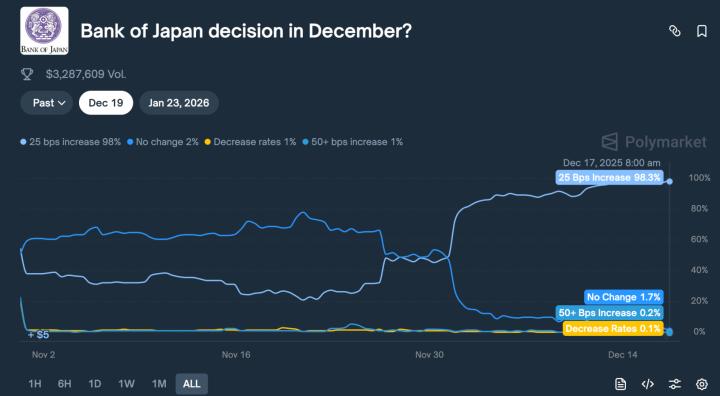
Bitcoin mining, once a booming industry driven by cryptocurrency’s meteoric rise, has hit a wall due to rising costs, decreasing rewards, and competition for resources. Now, miners are exploring an unexpected avenue: artificial intelligence (AI). By retrofitting their data centers and hardware to support AI applications, miners hope to generate stable revenue streams. This pivot is gaining traction and may become a crucial lifeline for many mining companies as they face diminishing returns from traditional operations.
The Struggles of Bitcoin Miners
Bitcoin mining is an energy-intensive process that requires powerful computing resources to solve cryptographic puzzles and authenticate transactions on the blockchain. With rising energy prices and the halving of mining rewards (which occurs roughly every four years), miners are finding it difficult to maintain profitability. After the latest halving in April 2024, the financial rewards from mining dropped by 50%, leaving many miners searching for new revenue sources.
This decline has forced some prominent mining companies, like Core Scientific, into bankruptcy. Even though Bitcoin’s price has seen a resurgence — hitting highs of over $73,000 in early 2024 — the costs of operating mining facilities have risen, making it harder for miners to profit from their operations.
AI as a Lifeline for Struggling Miners
In a bid to remain relevant and profitable, Bitcoin miners are repurposing their data centers for artificial intelligence processing. AI requires vast computational power and energy, two things that miners have in abundance. Miners are now striking deals with AI developers to rent out space or computational power, benefiting from the surging demand for GPUs (graphics processing units), which are essential for both mining and AI development.
For instance, Core Scientific, one of the largest Bitcoin miners, has aggressively pursued AI deals, including a $4.7 billion partnership with CoreWeave, an AI cloud provider. This partnership will allow CoreWeave to use Core Scientific’s data centers to host AI chips, generating much-needed revenue for the mining company.
Hut 8, another large miner, has also pivoted towards AI, creating an AI division and focusing on the growth in data center demand driven by AI. These moves reflect a broader industry trend where miners see AI as a stable, high-demand sector that can provide consistent revenue.
Investor Interest and Financial Benefits
This pivot to AI has not only stabilized revenues but also revitalized investor interest in mining stocks. Several publicly traded Bitcoin miners have seen their stock prices rise as a result of their diversification into AI. For example, Core Scientific’s stock surged following its AI deal with CoreWeave, while four of the five largest publicly traded miners saw double-digit percentage increases in their stock prices in mid-2024.
Private equity firms are also taking note of this trend. As demand for AI infrastructure grows, firms are eyeing mining companies for potential acquisitions or partnerships, viewing them as valuable assets due to their access to energy and computing infrastructure. The adaptability of miners to retrofit their facilities for AI processing makes them an attractive investment in the rapidly expanding AI market.
Criticisms and Challenges
Not everyone is convinced that Bitcoin mining facilities are well-suited for AI processing. Retrofitting data centers for AI use is no simple task, and some facilities may not meet the high-performance computing (HPC) standards required by AI developers. The energy-intensive nature of both Bitcoin mining and AI processing has also raised environmental concerns. Both sectors consume vast amounts of power, contributing to criticism over their sustainability. For example, Bitcoin mining alone uses more energy than entire countries like Pakistan, while tech companies like Google have seen their emissions surge due to the expansion of AI-related data centers.
Beyond AI, some miners are also diversifying into other cryptocurrency mining or blockchain-related services. Marathon Digital began mining Kaspa (KAS), a lesser-known proof-of-work cryptocurrency, in 2023. This shift highlights the industry’s search for new revenue streams that go beyond Bitcoin. However, it remains unclear if any other cryptocurrency will rise to prominence the way Bitcoin has, making these ventures risky and uncertain.
The Future of Crypto Mining with AI
The intersection of Bitcoin mining and AI offers a fascinating glimpse into the future of an industry that once seemed doomed by rising costs and shrinking rewards. By leveraging their existing infrastructure for AI processing, Bitcoin miners are carving out a new niche in a rapidly growing sector. While challenges remain — from environmental concerns to the technical demands of AI computing — this pivot may provide the financial stability that miners desperately need. Whether this trend continues will depend on the ability of mining companies to effectively integrate AI into their operations and the ongoing demand for high-performance computing.
Download the BingX exchange app (mac / android) today and start trading BTC. Whether you’re a seasoned crypto enthusiast or a newcomer, BingX provides a safe and user-friendly platform to explore and invest in exciting cryptocurrencies. Don’t miss out on the opportunity of a lifetime and ensure you have access to a dependable cryptocurrency exchange to address your trading and investment needs.
Disclaimer: BingX does not endorse and is not responsible for or liable for any content, accuracy, quality, advertising, products, or other materials on this page. Readers should do their own research before taking any actions related to the company. BingX is not responsible, directly or indirectly, for any damage or loss caused or alleged to be caused by or in connection with the use of or reliance on any content, goods, or services mentioned in the article.







